Microchip AR1011 Bedienungsanleitung
Microchip
Nicht kategorisiert
AR1011
Lies die bedienungsanleitung für Microchip AR1011 (61 Seiten) kostenlos online; sie gehört zur Kategorie Nicht kategorisiert. Dieses Handbuch wurde von 16 Personen als hilfreich bewertet und erhielt im Schnitt 3.9 Sterne aus 8.5 Bewertungen. Hast du eine Frage zu Microchip AR1011 oder möchtest du andere Nutzer dieses Produkts befragen? Stelle eine Frage
Seite 1/61

2009-2016 Microchip Technology Inc. DS40001393C-page 1
Special Features
• RoHS Compliant
• Power-Saving Sleep mode
• Industrial Temperature Range
• Built-in Drift Compensation Algorithm
• 128 Bytes of User EEPROM
Power Requirements
• Operating Voltage: 2.5-5.0V ±5%
• Standby Current:
- 5V: 85 µA, typical; 125 µA (maximum)
- 2.5V: 40 µA, typical; 60 µA (maximum)
• Operating “No touch” Current:
- 3.0 mA (typical)
• Operating “Touch” Current:
- 17 mA, typical, with a touch sensor having
200 layers
- Actual current is dependent on the touch
sensor used
• AR1011/AR1021 Brown-Out Detection (BOR) set
to 2.2V
Touch Modes
• Off, Stream, Down, Up and more.
Touch Sensor Support
• 4-Wire, 5-Wire and 8-Wire Analog Resistive
• Lead-to-Lead Resistance: 50-2,000typical)
• Layer-to-Layer Capacitance: 0-0.5 µF
• Touch Sensor Time Constant: 500 µs (maximum)
Touch Resolution
• 10-bit Resolution (maximum)
Touch Coordinate Report Rate
• 140 Reports Per Second (typical) with a Touch
Sensor of 0.02 µF with 200 Layers
• Actual Report Rate is dependent on the Touch
Sensor used
Communications
• SPI, Slave mode, p/n AR1021
• I2C, Slave mode, p/n, AR1021
• UART, 9600 Baud Rate, p/n AR1011
AR1000 SERIES RESISTIVE TOUCH
SCREEN CONTROLLER
AR1000 Series Resistive Touch Screen Controller

AR1000 SERIES RESISTIVE TOUCH SCREEN CONTROLLER
DS40001393C-page 2 2009-2016 Microchip Technology Inc.
Table of Contents
1.0 Device Overview .......................................................................................................................................................................... 3
2.0 Basics of Resistive Sensors ......................................................................................................................................................... 5
3.0 Hardware...................................................................................................................................................................................... 9
4.0 I2C Communications .................................................................................................................................................................. 14
5.0 SPI Communications.................................................................................................................................................................. 18
6.0 UART Communications .............................................................................................................................................................. 22
7.0 Touch Reporting Protocol ........................................................................................................................................................... 23
8.0 Configuration Registers.............................................................................................................................................................. 24
9.0 Commands ................................................................................................................................................................................. 30
10.0 Application Notes ....................................................................................................................................................................... 39
11.0 Electrical Specifications.............................................................................................................................................................. 45
12.0 Packaging Information................................................................................................................................................................ 47
Appendix A: Data Sheet Revision History............................................................................................................................................ 57
Appendix B: Device Differences........................................................................................................................................................... 58
The Microchip Website......................................................................................................................................................................... 59
Customer Change Notification Service ................................................................................................................................................ 59
Customer Support ................................................................................................................................................................................ 59
TO OUR VALUED CUSTOMERS
It is our intention to provide our valued customers with the best documentation possible to ensure successful use of your Microchip
products. To this end, we will continue to improve our publications to better suit your needs. Our publications will be refined and
enhanced as new volumes and updates are introduced.
If you have any questions or comments regarding this publication, please contact the Marketing Communications Department via
E-mail at docerrors@microchip.com. We welcome your feedback.
Most Current Data Sheet
To obtain the most up-to-date version of this data sheet, please register at our Worldwide Website at:
http://www.microchip.com
You can determine the version of a data sheet by examining its literature number found on the bottom outside corner of any page.
The last character of the literature number is the version number, (e.g., DS30000000A is version A of document DS30000000).
Errata
An errata sheet, describing minor operational differences from the data sheet and recommended workarounds, may exist for current
devices. As device/documentation issues become known to us, we will publish an errata sheet. The errata will specify the revision
of silicon and revision of document to which it applies.
To determine if an errata sheet exists for a particular device, please check with one of the following:
• Microchip’s Worldwide Website; http://www.microchip.com
• Your local Microchip sales office (see last page)
When contacting a sales office, please specify which device, revision of silicon and data sheet (include literature number) you are
using.
Customer Notification System
Register on our website at www.microchip.com to receive the most current information on all of our products.

2009-2016 Microchip Technology Inc. DS40001393C-page 3
AR1000 SERIES RESISTIVE TOUCH SCREEN CONTROLLER
1.0 DEVICE OVERVIEW
The Microchip mTouch® AR1000 Series Resistive
Touch Screen Controller is a complete, easy to
integrate, cost-effective and universal touch screen
controller chip.
The AR1000 Series has sophisticated proprietary
touch screen decoding algorithms to process all touch
data, saving the host from the processing overhead.
Providing filtering capabilities beyond that of other
low-cost devices, the AR1000 delivers reliable,
validated, and calibrated touch coordinates.
Using the on-board EEPROM, the AR1000 can store
and independently apply the calibration to the touch
coordinates before sending them to the host. This
unique combination of features makes the AR1000 the
most resource-efficient touch screen controller for
system designs, including embedded system
integrations.
1.1 Applications
The AR1000 Series is designed for high volume, small
form factor touch solutions with quick time to market
requirements – including, but not limited to:
• Mobile communication devices
• Personal Digital Assistants (PDA)
• Global Positioning Systems (GPS)
• Touch Screen Monitors
• KIOSK
• Media Players
• Portable Instruments
• Point of Sale Terminals
FIGURE 1-1: BLOCK DIAGRAM
FIGURE 1-2: PIN DIAGRAM
20
19
18
17
16
15
14
13
12
11
VSS
X-
X+
5WSX-
Y-
Y+
SX+
SDI/SDA/RX
NC
SCK/SCL/TX
1
2
3
4
5
6
7
8
9
10
VDD
M1
SY-
M2
WAKE
SIQ
SY+
SS
SDO
NC
AR1000 Series (SSOP, SOIC)
20
19
18
17
16
15
14
13
12
11
X+
5WSX-
Y-
Y+
SX+
1
2
3
4
5
6
7
8
9
10
SY-
M1
M2
WAKE
SIQ
SY+
SS
VDD
VSS
X-
SDO
NC
SCK/SCL/TX
NC
SDI/SDA/RX
AR1000 Series (QFN)
Produktspezifikationen
| Marke: | Microchip |
| Kategorie: | Nicht kategorisiert |
| Modell: | AR1011 |
Brauchst du Hilfe?
Wenn Sie Hilfe mit Microchip AR1011 benötigen, stellen Sie unten eine Frage und andere Benutzer werden Ihnen antworten
Bedienungsanleitung Nicht kategorisiert Microchip
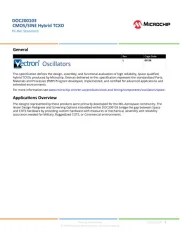
24 Juli 2025
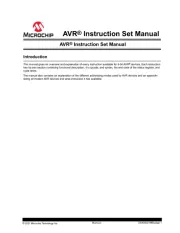
11 Juli 2025
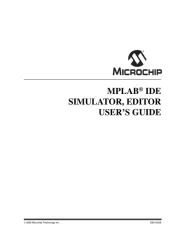
11 Juli 2025
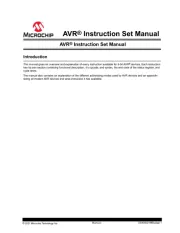
11 Juli 2025
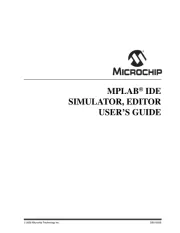
10 Juli 2025
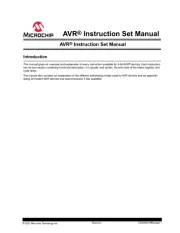
10 Juli 2025
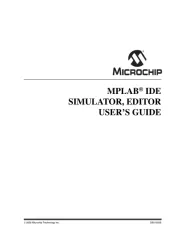
10 Juli 2025
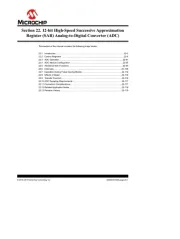
10 Juli 2025
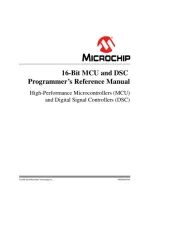
10 Juli 2025
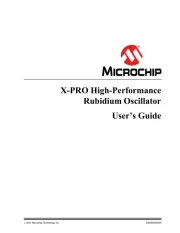
10 Juli 2025
Bedienungsanleitung Nicht kategorisiert
- SMS
- Hager
- Dresden Elektronik
- STI
- Magic FX
- Premier Mounts
- Adler
- Icy Dock
- Antelope
- Turtle Beach
- Pit Boss
- Meris
- Signature Hardware
- Lepu Medical
- Murr Elektronik
Neueste Bedienungsanleitung für -Kategorien-
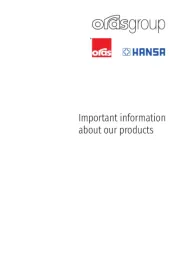
30 Juli 2025
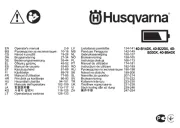
30 Juli 2025
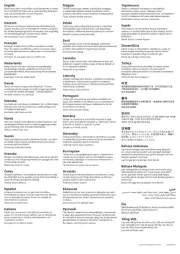
30 Juli 2025

30 Juli 2025
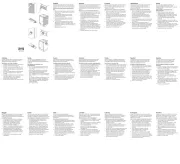
30 Juli 2025
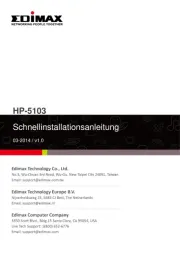
30 Juli 2025
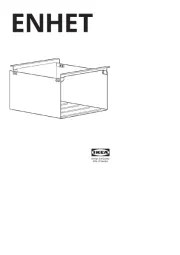
30 Juli 2025
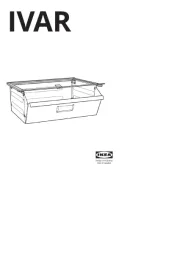
30 Juli 2025
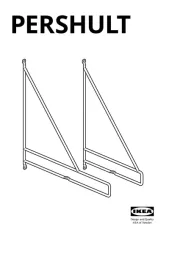
30 Juli 2025
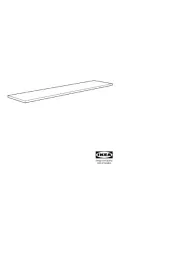
30 Juli 2025